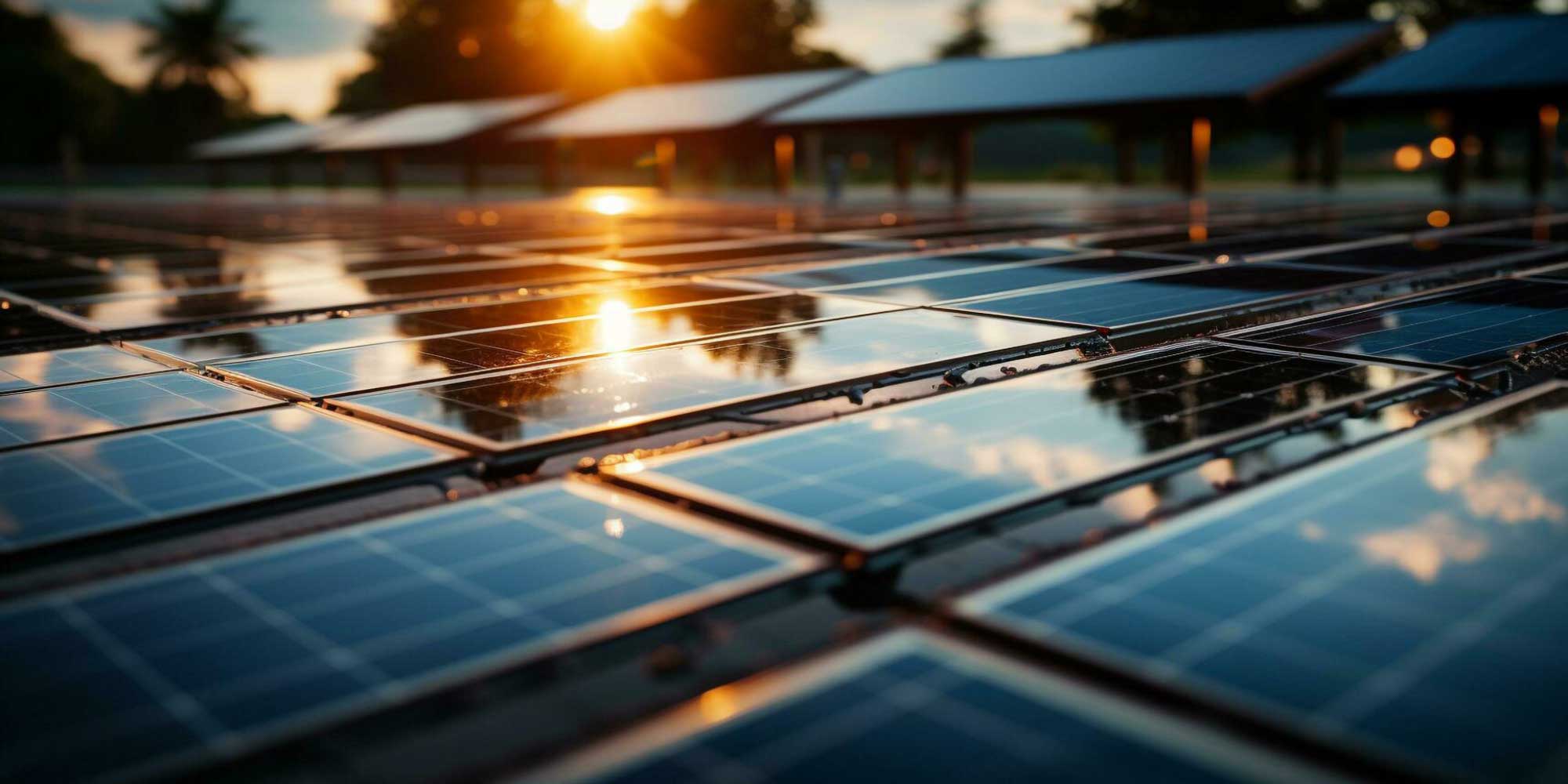Introduction
Self-cleaning coatings have emerged as a game-changer in solar panel maintenance, offering a sustainable solution to keep panels clean and efficient. Let’s delve into the world of self-cleaning coatings for solar panels, exploring their benefits, mechanisms, and contributions to the renewable energy landscape.

1. Innovative Technology:
Self-cleaning coatings for solar panels utilize advanced materials and surface treatments to repel dust, dirt, and other contaminants, keeping the panel surface clean without the need for manual intervention. These coatings often incorporate hydrophobic or superhydrophobic properties, which prevent water and particles from adhering to the surface, allowing them to be easily washed away by rain or wind.
2. Hydrophobic and Superhydrophobic Properties:
Hydrophobic coatings are designed to repel water, causing it to form droplets that roll off the surface, carrying away dust and dirt particles. Superhydrophobic coatings take this concept a step further, creating an ultra-water-repellent surface where water forms spherical droplets that can pick up even smaller particles as they roll off. By harnessing these properties, self-cleaning coatings ensure that solar panels remain clean and efficient, even in dusty or polluted environments.
3. Anti-Soiling Effect:
The anti-soiling effect of self-cleaning coatings is a key benefit for solar panel maintenance. By preventing the accumulation of dust, dirt, and other pollutants on the panel surface, these coatings minimize the reduction in light transmission and energy production caused by soiling. As a result, solar panels maintain higher efficiency levels over time, maximizing the energy output and return on investment for solar energy systems.
4. Reduced Maintenance Requirements:
One of the primary advantages of self-cleaning coatings is the significant reduction in maintenance requirements for solar panels. Traditional cleaning methods, such as manual washing or mechanical brushing, can be time-consuming, labor-intensive, and environmentally taxing. Self-cleaning coatings eliminate the need for such interventions, saving time, labor costs, and resources while ensuring continuous and efficient operation of solar panels.
5. Long-Term Performance and Durability:
Self-cleaning coatings contribute to the long-term performance and durability of solar panels by protecting them from environmental factors such as moisture, UV radiation, and mechanical wear. By forming a protective barrier against dust, dirt, and contaminants, these coatings help maintain the integrity of the panel surface and extend its lifespan. Additionally, by reducing the frequency of cleaning and maintenance, self-cleaning coatings minimize the risk of damage to the panels and ensure consistent energy production over time.
Conclusion:
Self-cleaning coatings represent a revolutionary advancement in solar panel technology, offering a sustainable and cost-effective solution for maintaining clean and efficient solar panels. By harnessing hydrophobic and superhydrophobic properties, these coatings minimize soiling, reduce maintenance requirements, and extend the lifespan of solar panels, ultimately maximizing energy production and sustainability. As the demand for clean energy continues to grow, self-cleaning coatings play a crucial role in driving the adoption of solar power as a viable and environmentally friendly energy solution.